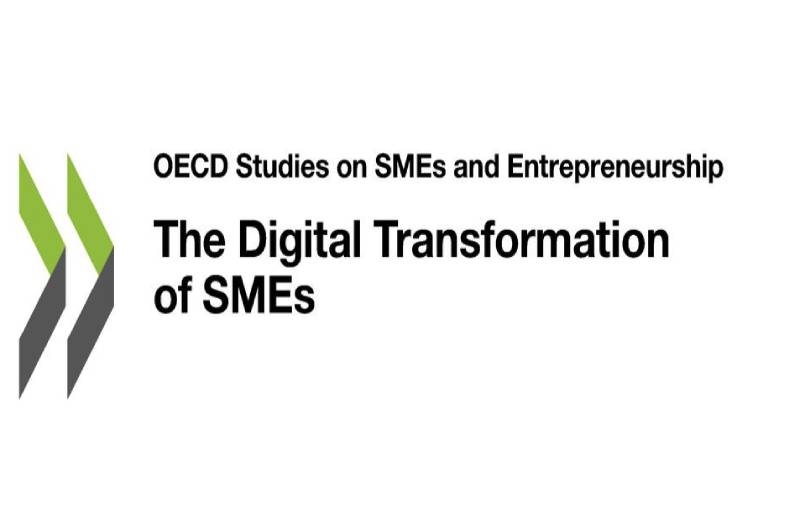The report was produced by the OECD Centre for Entrepreneurship and co-authored by Sandrine Kergroach, Head of SME and Entrepreneurship Performance.
Digitalisation is one of the big trends of the last decades, and not all firms are adopting innovations at the same pace; in fact, the report published some weeks ago by the OECD highlights the differences in the digitalization phase according to firm’s dimension, geographical area and industry. The digitalization process requires a combination of several technologies deployed in different business areas and, in general, the smaller the firm, the slower the innovation process is adopted. SMEs are falling behind larger organizations. Knowledge-intense organizations are better at using the array of technologies at their disposal. In addition, despite the possibility to “pay-as-you-go” cloud computing, there is an important difference among firms using the technology and those who do not.
The digitalisation process relies heavily on third party contractors for cost and knowledge reasons; they provide security-by-design features to protect organisations from digital security risks, providing with the platforms in charge of optimising their business functions. As per the Covid-19 era, the pandemic has highlighted the importance of digitalisation and has boosted the transformation especially for the SMEs. Early surveys shows that 70% of firms have implemented online operations, smart working techniques, and accelerated the use of digital technologies in order to continue working.
However, this has led to hackers intensifying their activities, showcasing how SMEs’ employers have limited understanding of the threats and limited access to protection against attacks. Additionally, the damages caused go well beyond their understanding, as they sometimes amount to several months of revenue. In other cases, the small firm are being used to steal information from larger firms. Broadly speaking, the gap in the digitalisation of SMEs is mirrored in the population wealth. First-movers can exploit the advantage of creating a strong network, growing and securing a large market share. Nevertheless, barriers to entry are still present in engaging with the process. Lack of knowledge, of skills, and of certainty are the main factors preventing small firms undergoing the process of digitalisation. Lastly, policy makers oversee the regulating process regardless of the divergency and differences among each sector. The array of areas they will investigate starts from education and training, passing through assistance, supply of tools and capital, to the legislating in favour of development and digitalisation.
Find the report here.
Source: OECD


